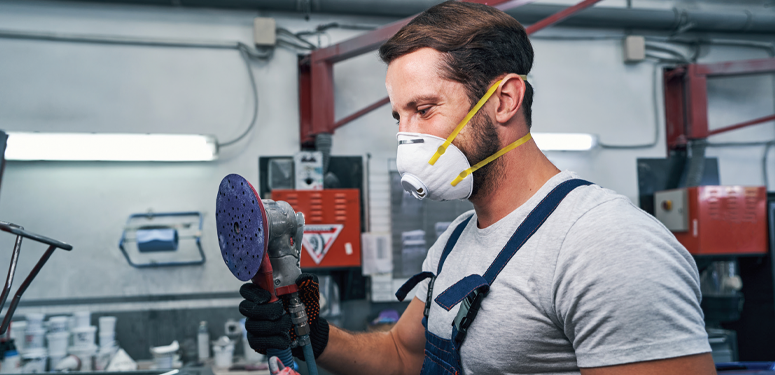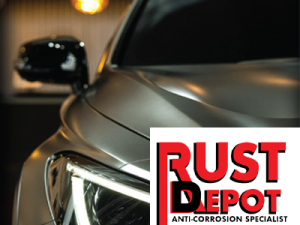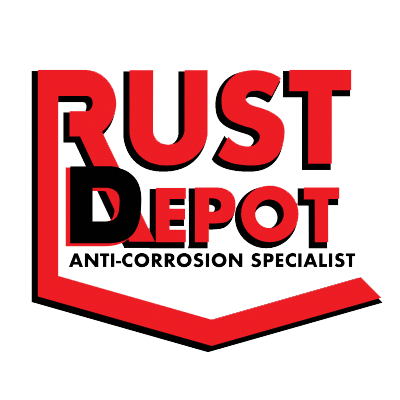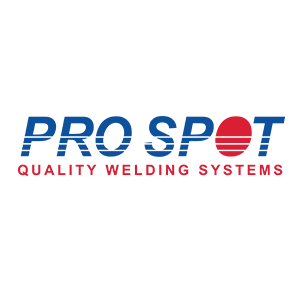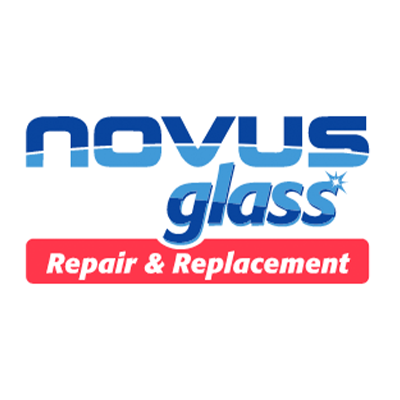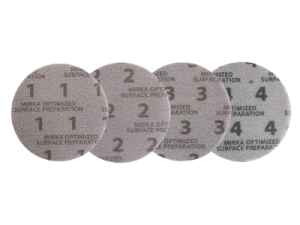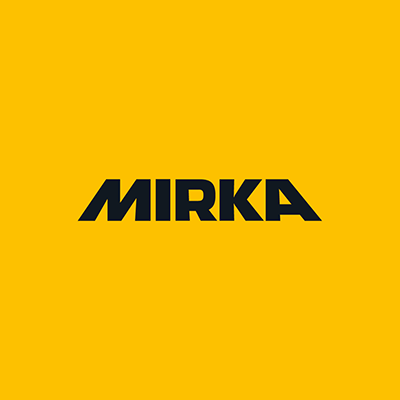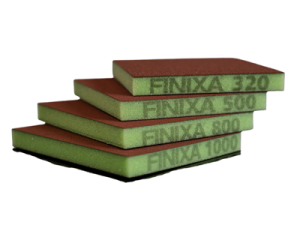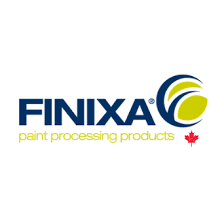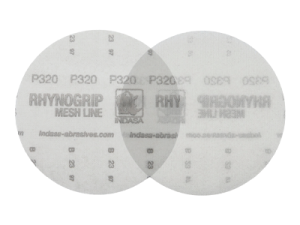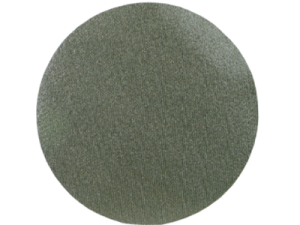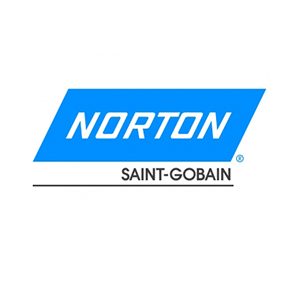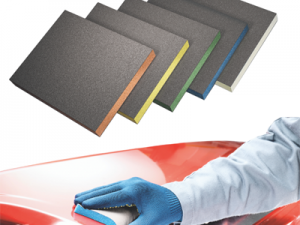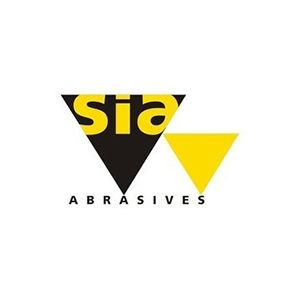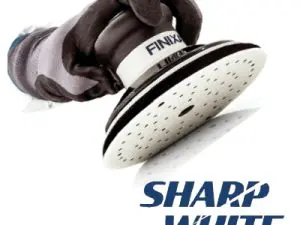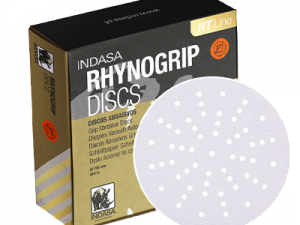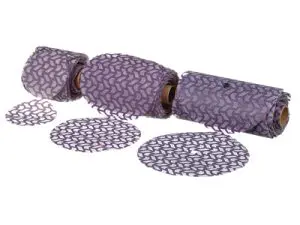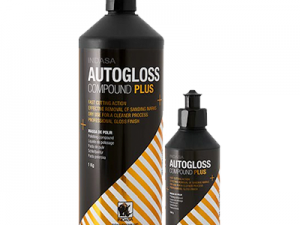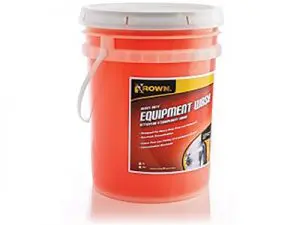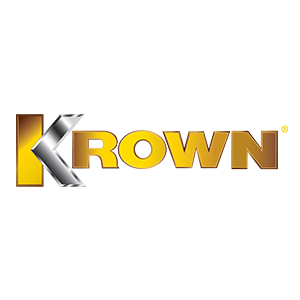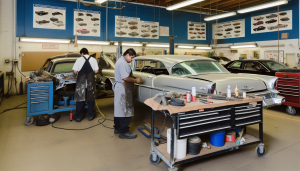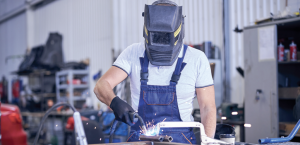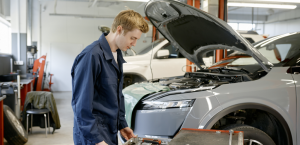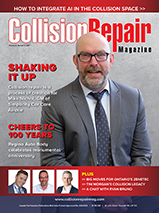TECHNIQUES LIKE WELDING, PAINTLESS DENT REPAIR AND, OF COURSE, SANDING, ALLOW COLLISION REPAIRERS TO BE ARTISTS, ENHANCING THE BODY’S BEAUTY—THE AUTOBODY, THAT IS.
Technicians are a lot like plastic surgeons.
Techniques like welding, paintless dent repair and, of course, sanding, allow collision repairers to be artists, enhancing the body’s beauty—the autobody, that is.
Abrasives are critical to the collision repair field—they always have been. Advancements in the field are truly mesmerizing, when you look back to ancient craftspeople that turned to nature for their sanding tools.
Crushed shells, seeds and sand were once used to smooth surfaces—imagine your cycle time if we never advanced beyond that. The Industrial Revolution brought along breakthroughs in abrasive technologies, with the introductions of emery and garnet, which were imbedded in fabrics and papers to create materials that mimic what we know as sandpaper today.
The 20th-century brought more advancements— in aluminum oxide and silicon carbide— which offered enhanced hardness, durability and cutting abilities.
Then came the establishment of the numerical grit system, allowing technicians to appropriately select the proper grit per job type. Things haven’t stopped since, though—machine assisted sanding tools, including dual-action sanders and robotic systems—are continually in development. If you ask us, it’s only a matter of time before we see the next big thing in abrasive tech. It may even be in these next few pages!
Abrasives continue to be essential tools in any collision repair facility. As technology advances, the future of abrasive technologies is key to improving the speed and quality of your repairs.
Ensure you stay a cut above by perusing the key products in this category of our Buyer’s Guide.
-

3M™ Net Abrasives
Read more0 out of 5 -

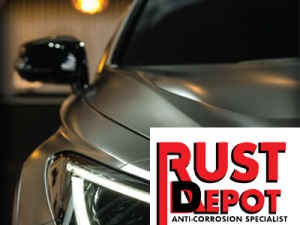
RUST DEPOT ANTI CORROSION SPECIALIST
Read more0 out of 5 -

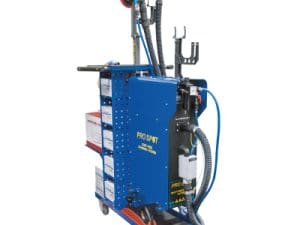
DE-Pro Sanding System
Read more0 out of 5 -

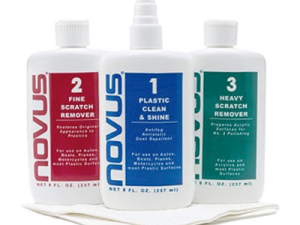
Novus Plastic Polish
Read more0 out of 5 -

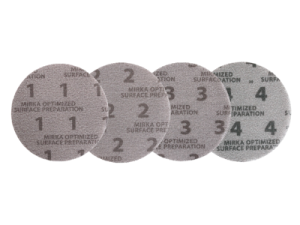
Optimized Surface Preparation System (OSP)
Read more0 out of 5 -


3M™ Blue Net Disc
Read more0 out of 5 -

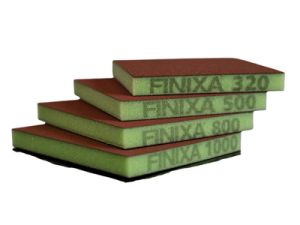
Sharp Foam Pads
Read more0 out of 5 -

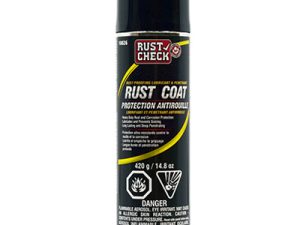
RUST COAT Protection 10026
Read more0 out of 5 -

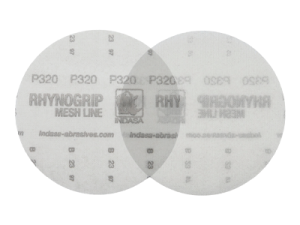
Rhyno Grip Mesh Line
Read more0 out of 5 -

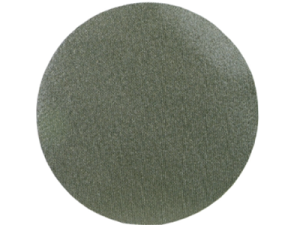
Flexible D71S Diamond Coarse Grit
Read more0 out of 5 -

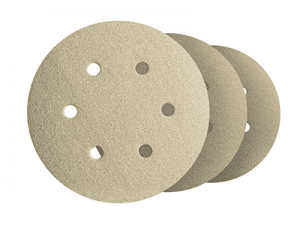
Razer Gold Sandpaper
Read more0 out of 5 -

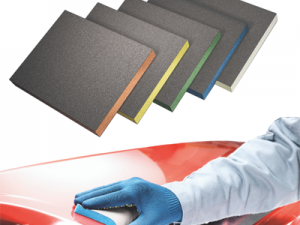
7983 Siasponge flex
Read more0 out of 5 -


SHARP WHITE
Read more0 out of 5 -

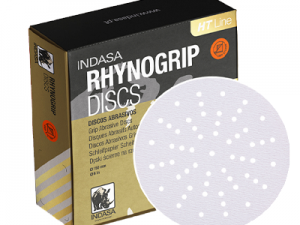
RHYNOGRIP HT LINE
Read more0 out of 5 -

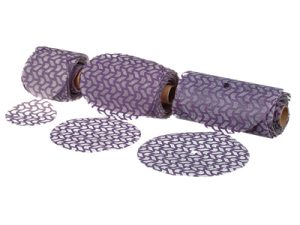
3M™ Cubitron™ II Net Disc
Read more0 out of 5 -

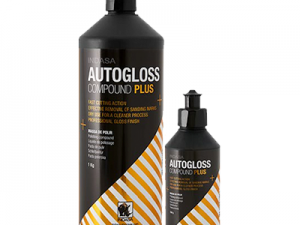
AUTOGLOSS COMPOUND PLUS
Read more0 out of 5 -


Heavy Duty Equipment Wash
Read more0 out of 5



